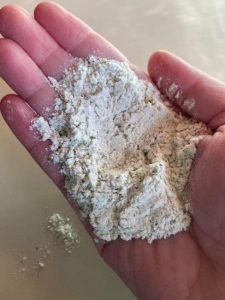
I have been researching WWII methods of survival, and found this old technique that I thought was brilliant. certainly with supply chain issues the first thing that will fly off the shelves is bread, then yeast and flour. I thought this was a brilliant and sustainable way to stretch precious resources with something most of us can grow very easily.
Zucchini flour.
Might be old news to some, but you never know right. With rising concerns on wheat costs just thought I’d share it.
There’s probably fancier ways of doing this out there, but here’s how I learned. Easy peasy. Nothing to it.
We love and make tons of zucchini flour every year. You may have heard it called Amish flour or troops flour before. It’s a Staple in Amish and Mennonite household for generations here. It was also embraced in the 1940’s during rationing.
You let your zucchini grow, oversized is actually better. Large to extra large. Marrow sized. I peel mine with a carrot peeler, into thin even strips for less drying time. Or slide it through a mandolin for speed of prep.
Run it through the electronic dehydrator or just thread it. . No large seeds if possible for finer texture. Everything else is fine. It must be absolutely dry. It’s essential. If in doubt always dry it more, any moisture will ruin it during storage
Then run it through a food processor or hand grinder until you have a powdered consistency. It will be a marbled green looking power. Texture is similar to a good quality whole wheat flour. That is zucchini flour. Three large zucchini is about four or five cups for me finished.
It can be used to replace 1/3 of flour in most recipes without any change to the finished products, acts as a thickening agent for gravies, great for breading fish but we really tend use ours for tortillas and bannock since those are our quick go to breads. It also makes great dumplings and brownies.
Store in air tight jars , or we often vac pac ours
For us, we still purchase grains from a local family owned grist mill. So this is free, sustainable, easily produced on site and it has a mild taste. Most people wouldn’t pickup on it. It cuts our flour usage by a third . You can do the same with sweet and regular potato, other squash acorns, and pumpkin. I just find myself zucchini is the least flavoured. Plus we get overloaded by the darn things.

